Essential Resources for
Security Leaders
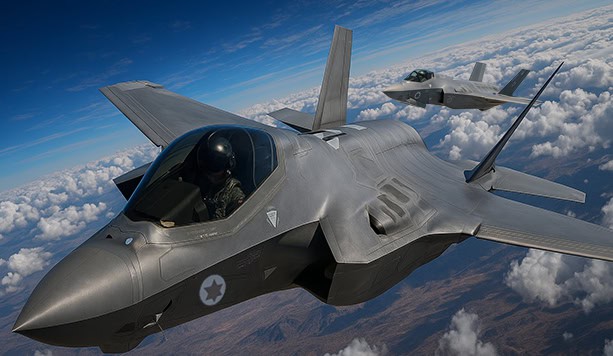
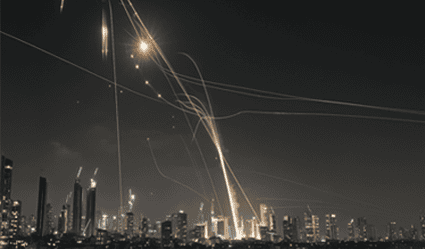
June 2025
Duration 0:45:00
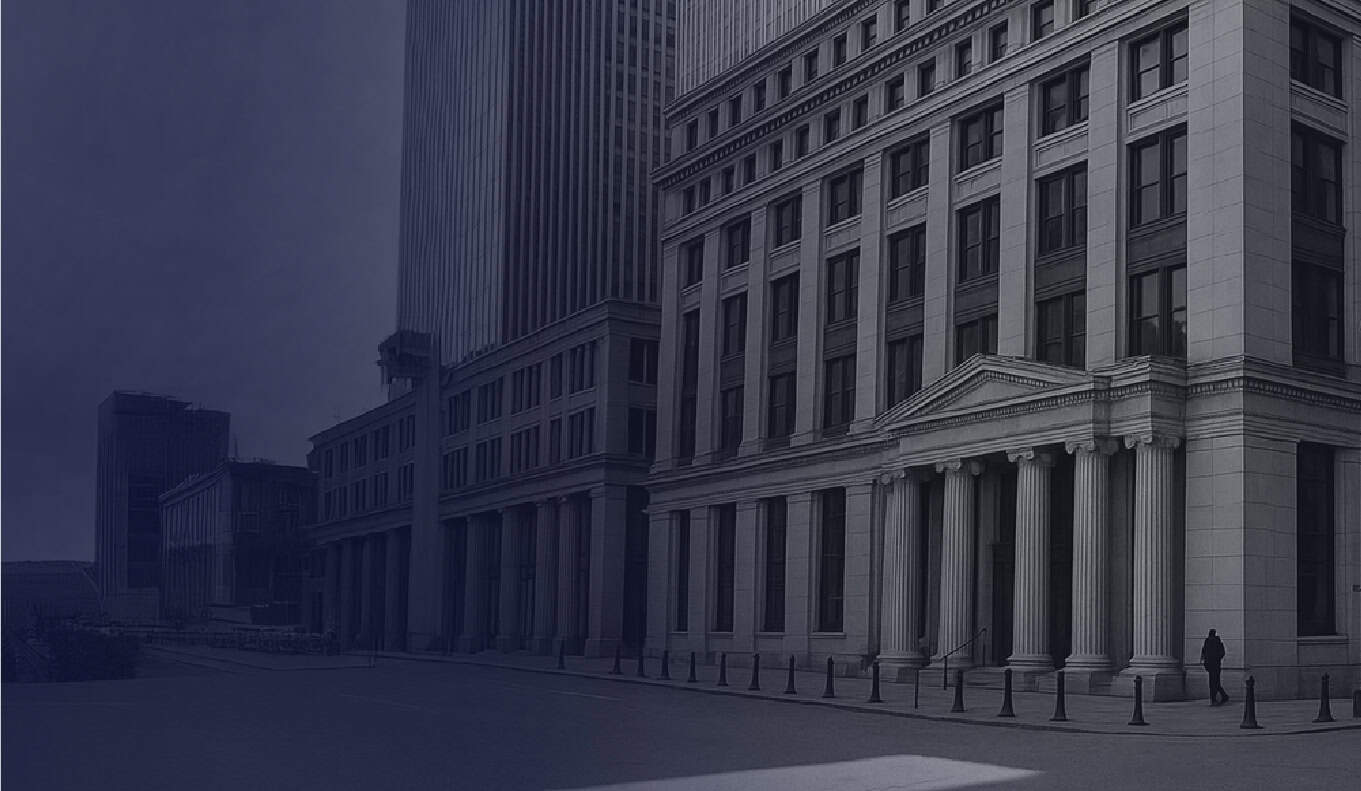
May 2025
Duration 0:60:00

May 2025
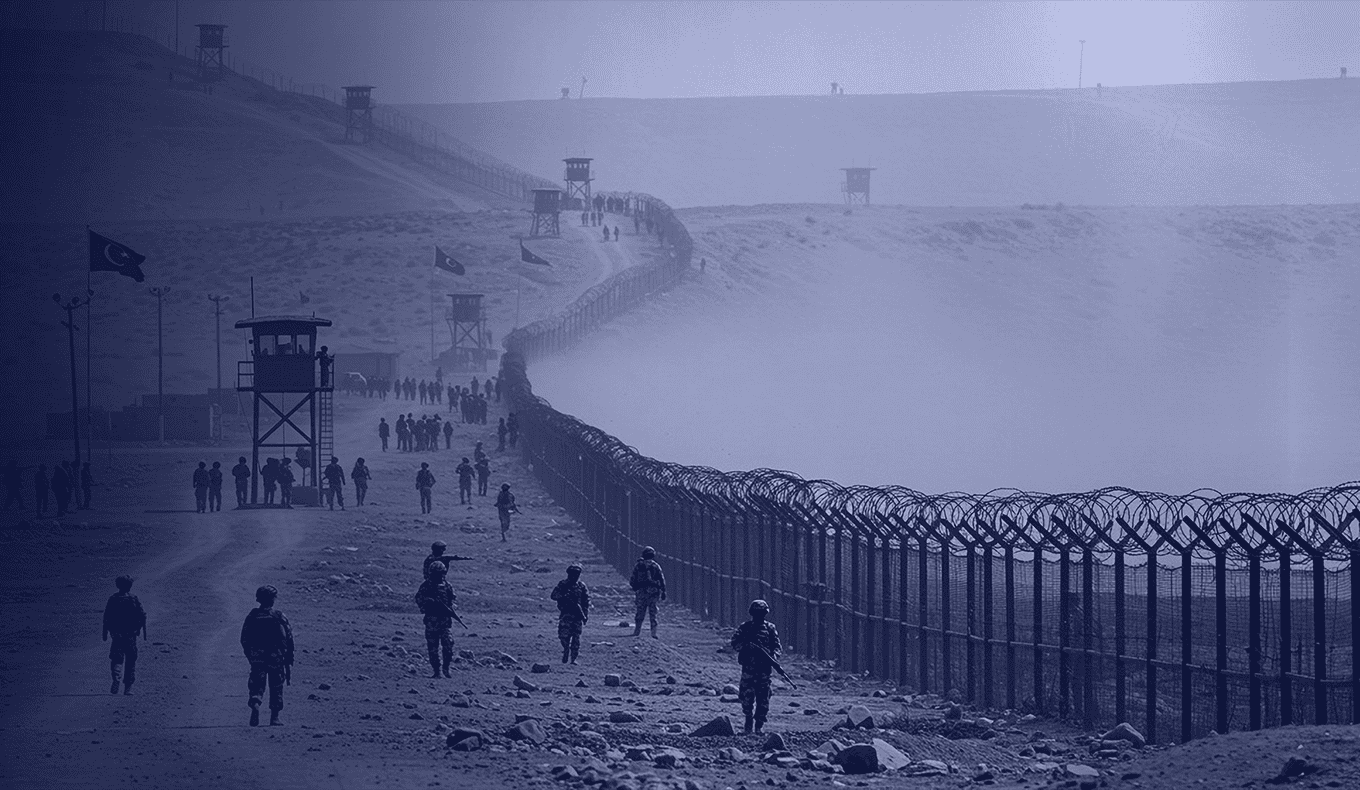
May 2025
Duration 0:53:00
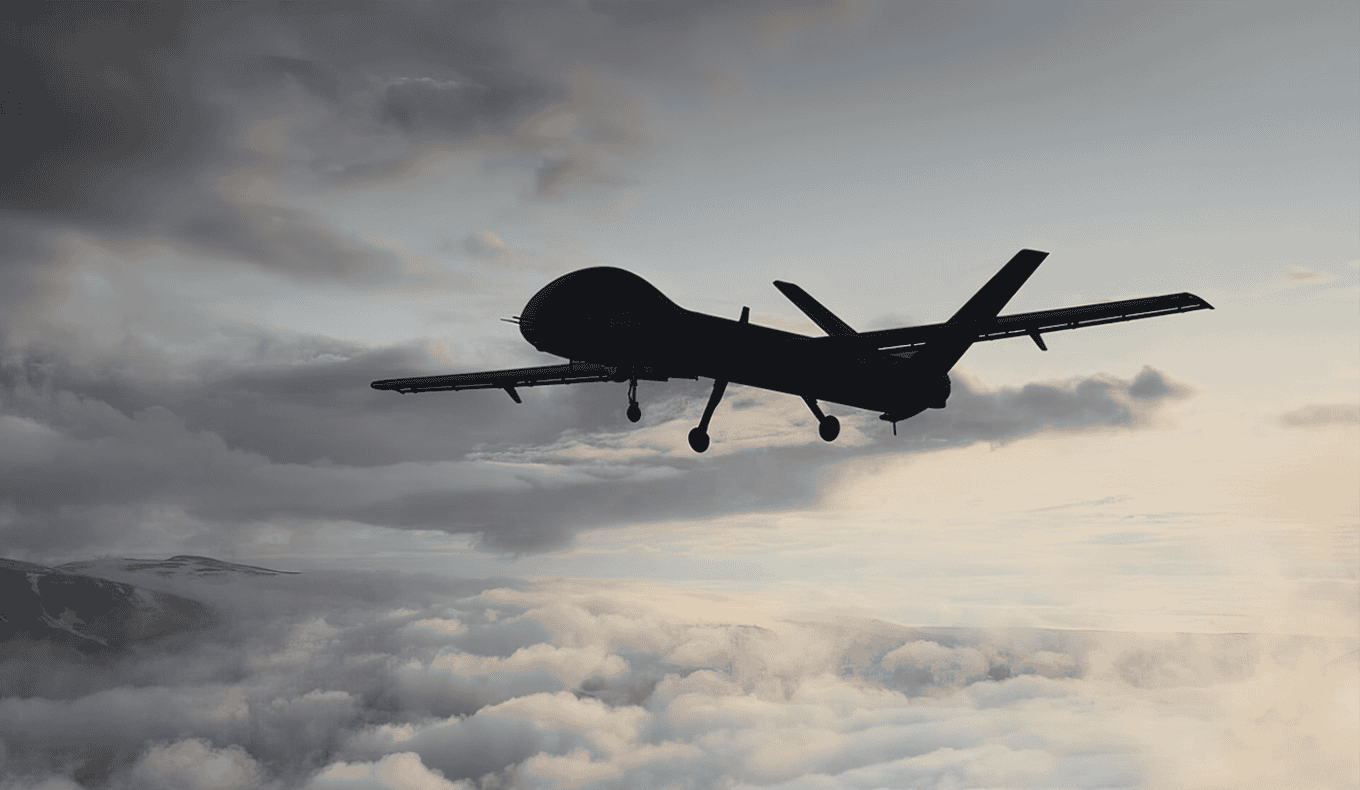
May 2025

May 2025
Duration 0:54:00

April 2025
Duration 0:60:00
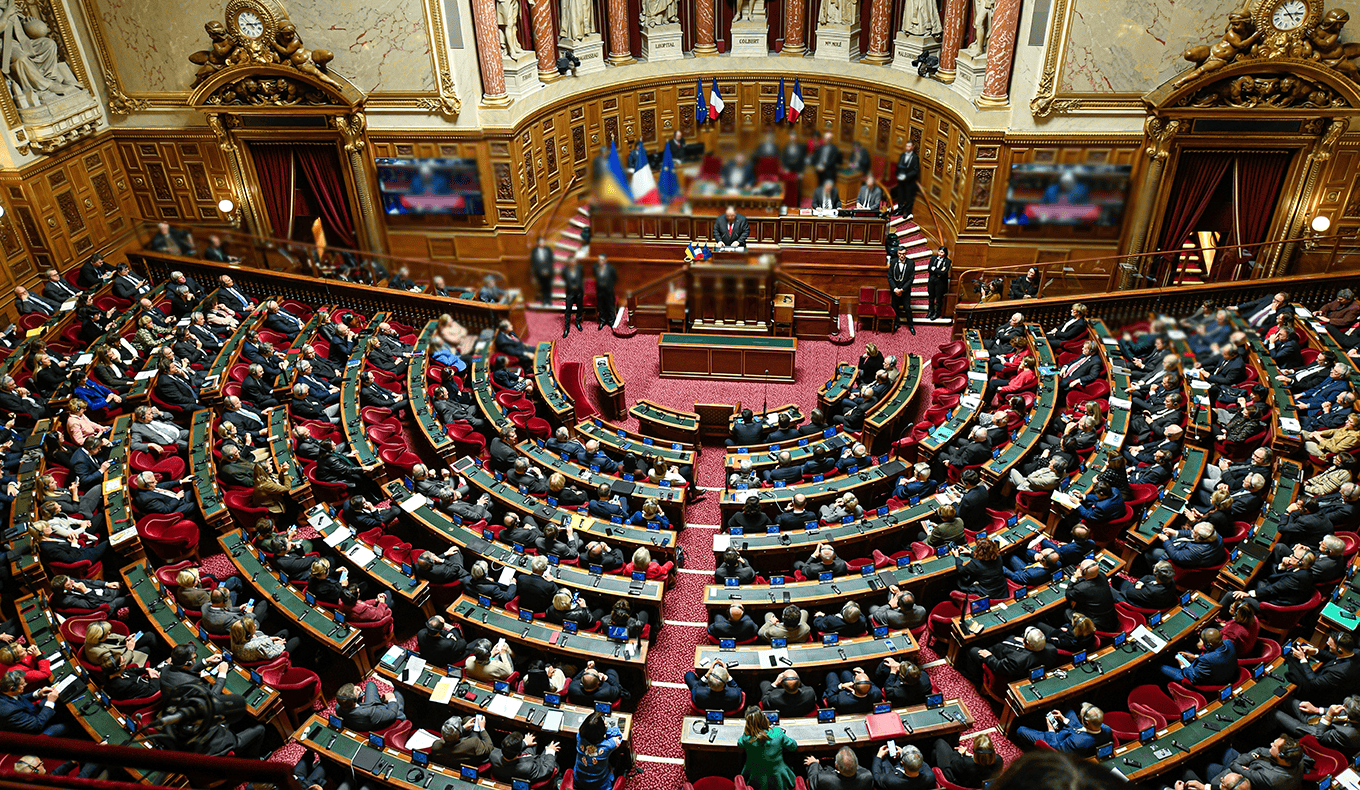
April 2025
IT’S A TOUGH WORLD


June 2025
Duration 0:45:00

May 2025
Duration 0:60:00

May 2025

May 2025
Duration 0:53:00

May 2025

May 2025
Duration 0:54:00

April 2025
Duration 0:60:00

April 2025
IT’S A TOUGH WORLD
Popup content Popup content Popup content Popup content Popup content